Cleaning Paintbrushes
Simplify the painting process with these paintbrush hacks.
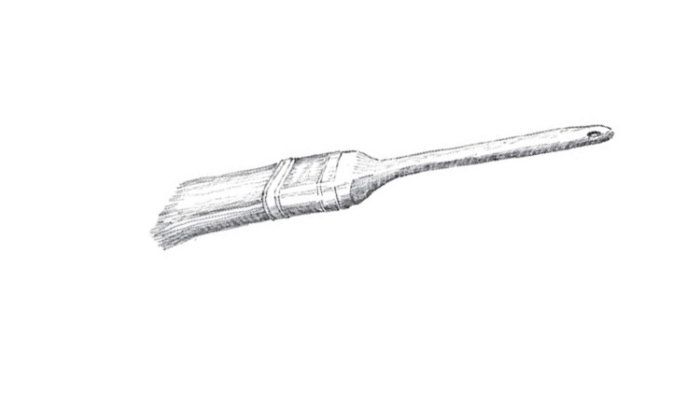
I’ve been a builder for many years, involved in all phases of construction, and at some point in nearly every job I’ve had to get out the paintbrushes. I admit I’m no artist, but I have learned a few techniques along the way.
When I purchase a new brush, I get a purebristle one with an unpainted handle — there’s no store-bought finish to peel off the raw wood, and the oil from my hands preserves the handle. I usually put a small nail above the ferrule and bend it down toward the bristles at a 90° angle. This allows the brush to hang in a can of paint or thinner without touching bottom, so the bristles won’t warp.
When it comes time to paint, I take a 16d nail and punch a ring of holes in the deep part of the groove at the top of the opened paint can. These holes allow the paint that accumulates when you wipe the excess from your brush to drip back into the can, rather than overflow and run down the outside. When the lid is replaced, the holes are sealed inside.
Whenever I use a brush with oil-base paint, I clean it with paint thinner and liquid laundry soap. First, I pour about cup of thinner into a pan, and I work the brush back and forth in it to remove most of the paint. Next, I pour this first batch of thinner into a storage container (a 3-lb. coffee can is fine). Then I rinse the brush in 1/4 cup of thinner. I work the bristles with my fingers to get out as much paint as possible, and return the thinner to storage. In the container, the paint solids will settle to the bottom, allowing the clear liquid on top to be poured off and used again.
At this stage in the brush cleaning, I pour about a tablespoon of laundry soap into a pail, wipe it up with the brush and work it into the bristles with my fingers. Next, I fill the pail with water and rinse out both brush and bucket. I repeat this soap sequence one more time, and then I shake out the brush thoroughly and return it to its jacket to make sure that its bristles remain straight. Using this cleaning method, I’ve been able to use the same brush to apply both paint and lacquer, with no paint residue spoiling the clear finish.
Chris Thyrring, Halcyon, CA
Edited and Illustrated by Charles Miller
From Fine Homebuilding #14













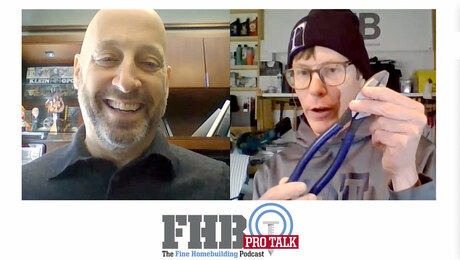
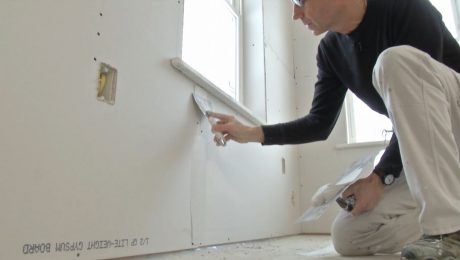
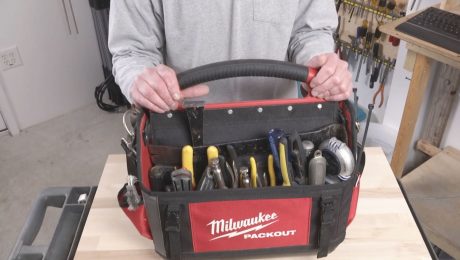


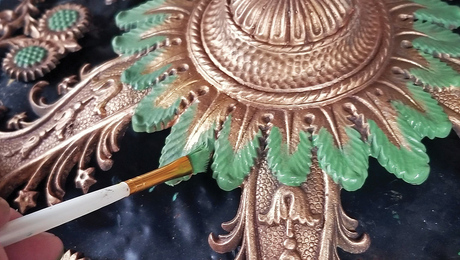
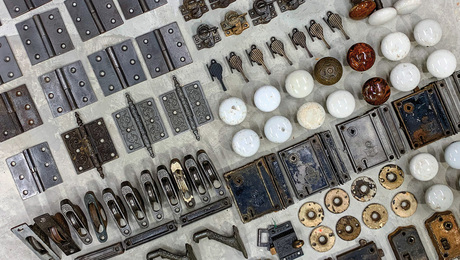










View Comments
Natural bristle brushes will not perform well with water based paints and finishes as the water in them will make the bristles soft and limp. Get a top quality synthetic brush for water based products. The natural bristle brushes will give the best performance for oil or non-water based finishes
First rule--Don't paint directly from the paint can.